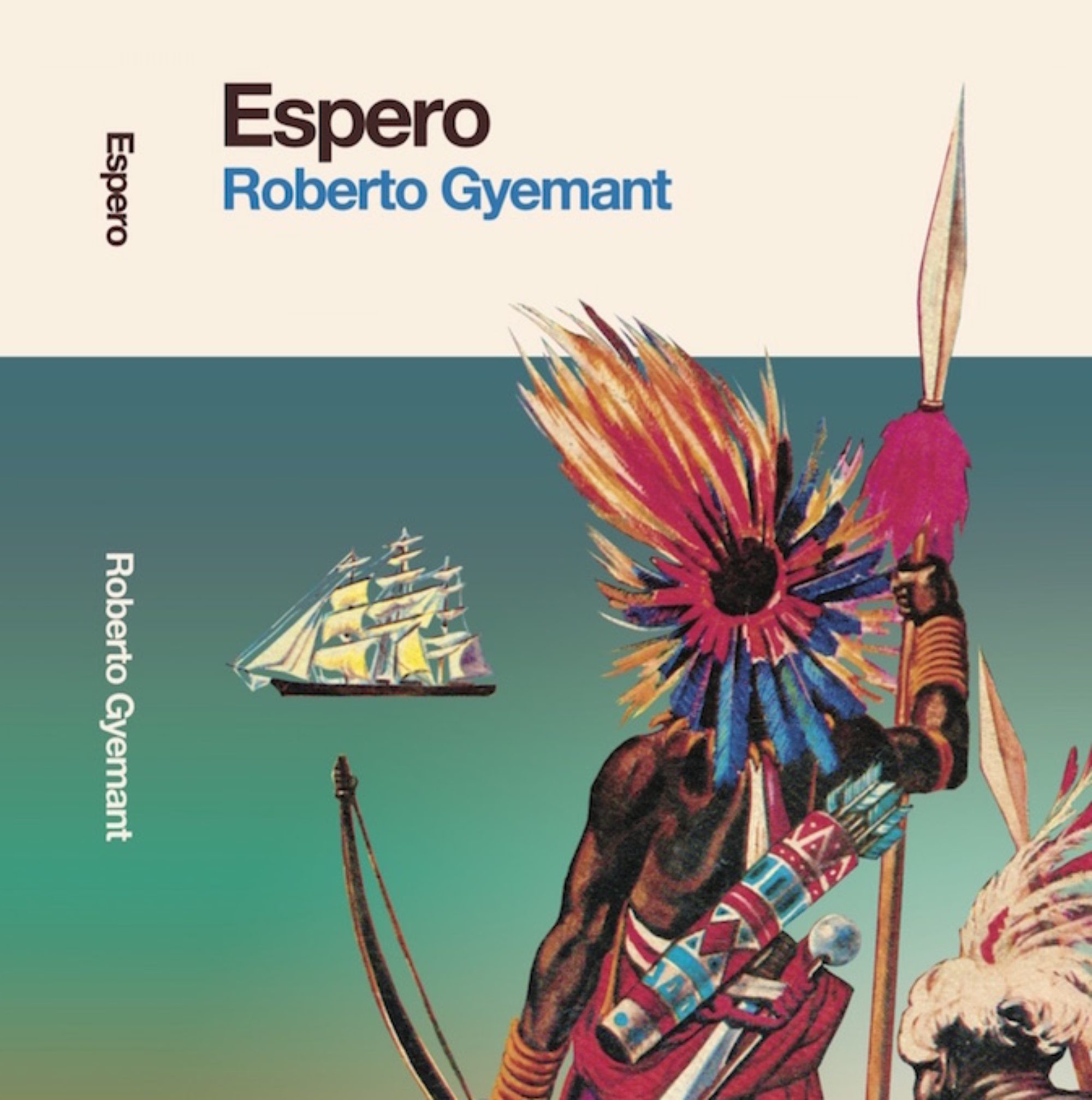When musicologists and historians note that Salsa music – the catchall marketing term for the glory that Nuyoricans and Cubans in NYC transformed AfroCuban dance music into in the ’60s and ’70s – was the music of the barrios of (Caribbean) Latin America, they can use Ricardo “Babaila” Del Rosario as a living, breathing (and singing) example. (Panama had and has many such examples, including Francisco “Bush” Buckley, Maximo Rodriguez, Anel Sanders, Manito Johnson, and all of their bandmates and socios in La Salsa Panameña).
Del Rosario was born in Panama City in 1954 but raised by his grandmother in Colón, singing in the church with her. He started out singing rock tunes (“In a Gadda da Vida”) and playing bongo and cencerro, and when he moved back to Panama City at 14 or 15 he returned an environment where his tío would play records of Maelo Rivera and Gran Combo, and where he saw a young Willie Colón (and Hector Lavoe), Roberto Roena and others playing live at the Carnavales.
In around 1973, he was living with the brother of Hermogenes “Toty” Pino, who was playing trombone in Los Mozambiques de Jaime Morrell (just before they became Skorpio). Toty’s brother suggested he put Ricardo on, and he began playing cencerro and singing backup. As gigs wore on and singer Eduardo Williams’ voice began to fade, Ricardo got his shot to sing lead and did not miss.

He nailed “Babaila”, the epic Salsa classic about an enslaved African boy (another “Tite” Curet Alonso composition) from Pete “El Conde” Rodriguez’s solo debut LP, and crowds began asking for it. Popular radio DJ Emiliano Aizpurúa gave him the song title as a nickname, and it stuck.
Babaila Del Rosario is a rumbero, like the old school Cubans – along with Gabino Pampini, he’s perhaps the perfect distillation of the Panamanian salsa swing – bouncy vocal improvisations llenas de sabor from the school of Beny, Cascarita and Maelo (who loved and hid out in Panama often in later years. Which is where he encountered “El Naza”, the black christ of Portobelo who inspired the massive hit “El Nazareno”.) Like a true rumbero, Del Rosario doesn’t like to prepare too much before he goes in front of the mike, as he says it affects his improvisation.
in 1974, Toty Pino left Los Mozambiques to become bandleader of Los Excelentes, and brought Ricardo over with him to record for Tamayo’s Monumental Tamayo Vol. 1 (see previous post), a sampler where each group sang one song (with crowd noise and DJ intros by Aizpurua) that marked Tamayo’s strong entry into a market hungry for the sounds of the new generation of Combos Nacionales.
Los Excelentes recorded “La Aparición”, a song by Carlos Eleta Almarán. Eleta was a force in Panama and Latin America generally, as: 1. Radio pioneer and founder with his brother Fernando of the first Television channel of Panamá, RPC Televisión, Canal 4 2. Manager of World Champion Roberto “Manos de Piedra” Duran 3. Composer of the worldwide hit love song “Historia De Un Amor.” (His niece is Gladys Palmera, probably the world’s preeminent collector of Latin American music, who with José Arteaga runs the fantastic Radio Gladys Palmera site and archive).
The song was a big hit – sometimes referred to by its hook “Con la Velita y su San Miguel”:
In 1975, Del Rosario was also singing with Jaime’s Murrell’s latest creation, Skorpio (see previous post) , and as they were preparing the Balada-Soul “Te Conocí”for a single on Tamayo, they realized they needed a song for the other side.

Babaila stepped forward with his own composition, “Te Toca Tocar La Tumba”, and as a result one of the hottest bits of Panamanian dancefloor Salsa was pressed on 7 inch vinyl. Musical Director/Pianist David Choy did the Bass and Piano arrangement (and played the Wurlitzer), and Umar Al Sadik (then known as Dario “Plaga” Rodriguez) arranged the metals and played Trumpet:
How much was Del Rosario paid for his composition? $100, and he was thrilled to rush out and buy new threads with his earnings (check out his style on the cover of the Roberto y su Zafra LP, following post).
Del Rosario has gone on to a successful career recording with the likes of Colombia’s Diego Galé (leader of Grupo Galé) and is, as the time of this writing, still singing and recording. His latest recordings have exposed a whole new generation to his brilliant composition:
Echa Comay!
